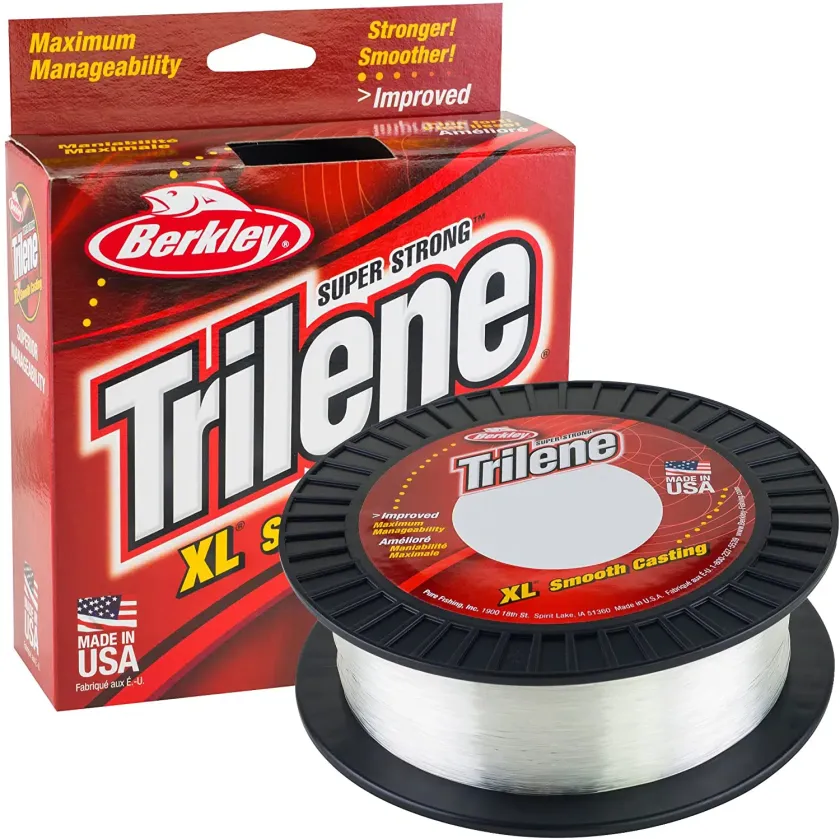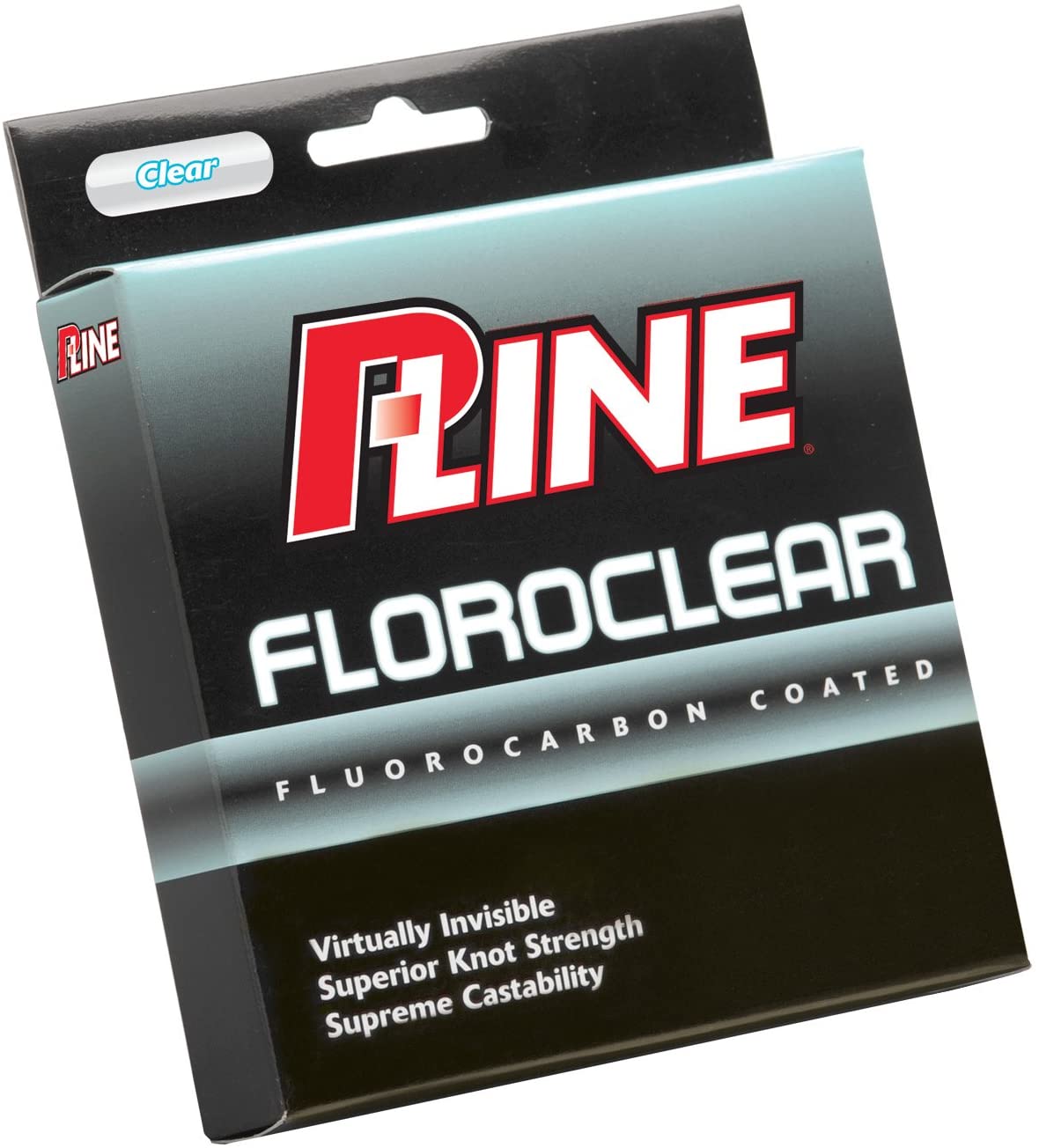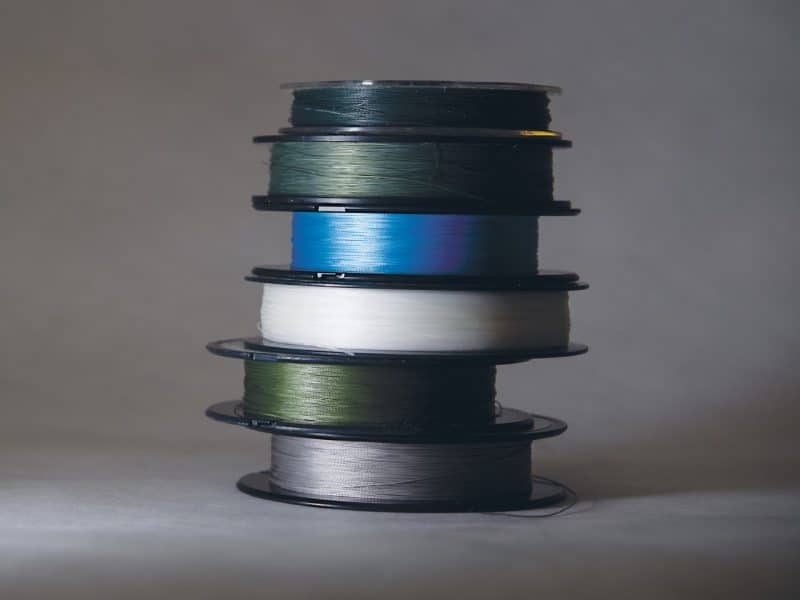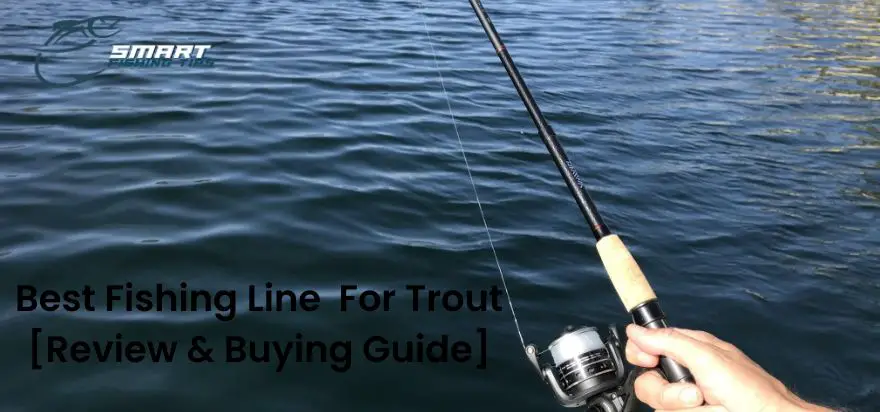Introduction
When it comes to fishing, having the right equipment is essential for a successful and enjoyable experience. One crucial component that often goes overlooked is the fishing leader line. A fishing leader line acts as a protective barrier between your main fishing line and the fish, helping to prevent breakages and increase your chances of landing a prized catch. In this comprehensive guide, we will explore the different types of fishing leader lines, discuss their benefits, provide expert tips on choosing the right line, and answer common FAQs to help you become a more informed angler.
Types of Fishing Leader Lines
There are several types of fishing leader lines available on the market, each with its unique characteristics. Understanding the differences can help you make an informed decision based on your fishing style and target species. Here are three popular types of fishing leader lines:

Monofilament Leader Lines:
Monofilament leader lines are a popular choice due to their versatility and affordability. They are made from a single strand of nylon or other materials, offering excellent knot strength and abrasion resistance. Monofilament leader lines are well-suited for freshwater fishing and are available in various pound test strengths to accommodate different fish sizes..

Fluorocarbon Leader Lines:
Fluorocarbon leader lines have gained popularity among anglers for their invisibility underwater. They are less visible to fish compared to monofilament lines, making them an excellent choice for targeting wary fish species. Fluorocarbon leader lines also have low stretch properties, providing better sensitivity and enhanced hook-setting power.

Braided Leader Lines:
Braided leader lines, also known as wire leaders, are exceptionally strong and durable. They are made from woven metal or synthetic materials and are commonly used in saltwater fishing or when targeting toothy fish like pike or musky. Braided leader lines offer superior abrasion resistance and can withstand the sharp teeth of aggressive fish.
Choosing the Right Fishing Leader Line

Selecting the right fishing leader line depends on various factors, including your fishing environment, target species, and personal preferences.
Fishing Conditions
Consider the fishing conditions you’ll encounter most frequently. If you primarily fish in freshwater, a monofilament leader line would be a suitable choice. For saltwater or clear water conditions, where fish may be more cautious, fluorocarbon leader lines are recommended.
Target Species
Different fish species have varying behavior and preferences. Research the specific fish you are targeting to determine their feeding habits, habitat, and any line preferences. Some fish are more line-shy and may require the stealthiness of a fluorocarbon leader line, while others may necessitate the strength of a braided leader line.
Line Strength and Diameter
Ensure that the leader line you choose matches the strength of your main fishing line. A general rule of thumb is to select a leader line with a similar or slightly higher pound test strength compared to your main line. Additionally, consider the diameter of the leader line, as thinner lines are less visible underwater but may sacrifice some strength.
FAQs about Fishing Leader Lines
The length of your leader line will vary depending on your fishing technique and target species. In general, leader lines between 18 to 36 inches are suitable for most applications, but some situations may require longer or shorter leaders.
Yes, you can use a fishing leader line with a braided main line. In fact, using a leader line can help prevent your braided line from directly contacting sharp objects, reducing the chances of breakages.
It is recommended to replace your fishing leader line regularly, especially if it shows signs of wear or damage. As a general guideline, consider replacing your leader line every fishing season or after landing a particularly large or strong fish.
Conclusion
Choosing the right fishing leader line is crucial for maximizing your chances of landing fish successfully. By understanding the different types of fishing leader lines available, considering your fishing conditions and target species, and matching the line strength and diameter to your main line, you can make an informed decision. Remember to replace your leader line regularly and experiment with different options to find the line that works best for your angling needs. With the right fishing leader line in your arsenal, you’ll be well-prepared for your next fishing adventure.


